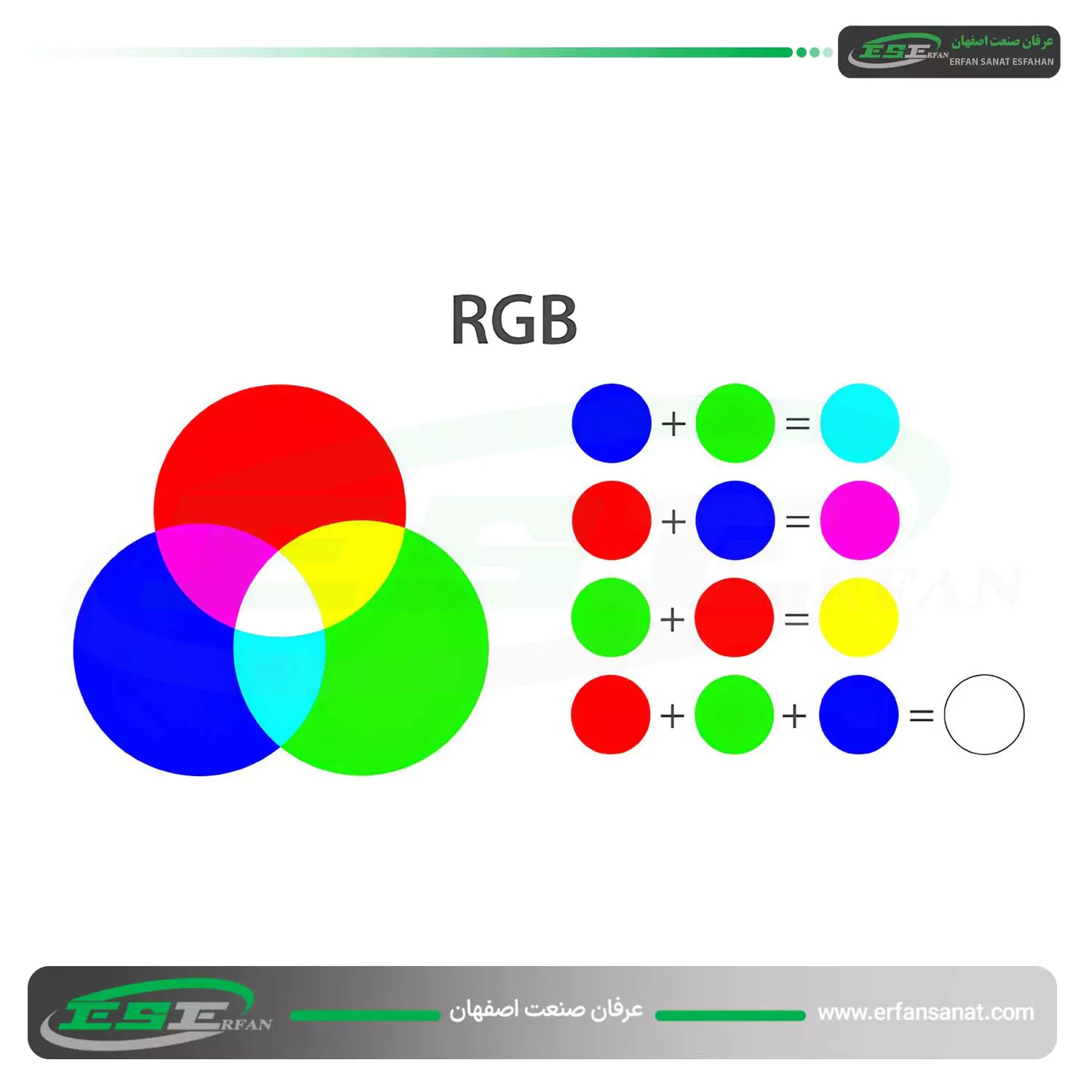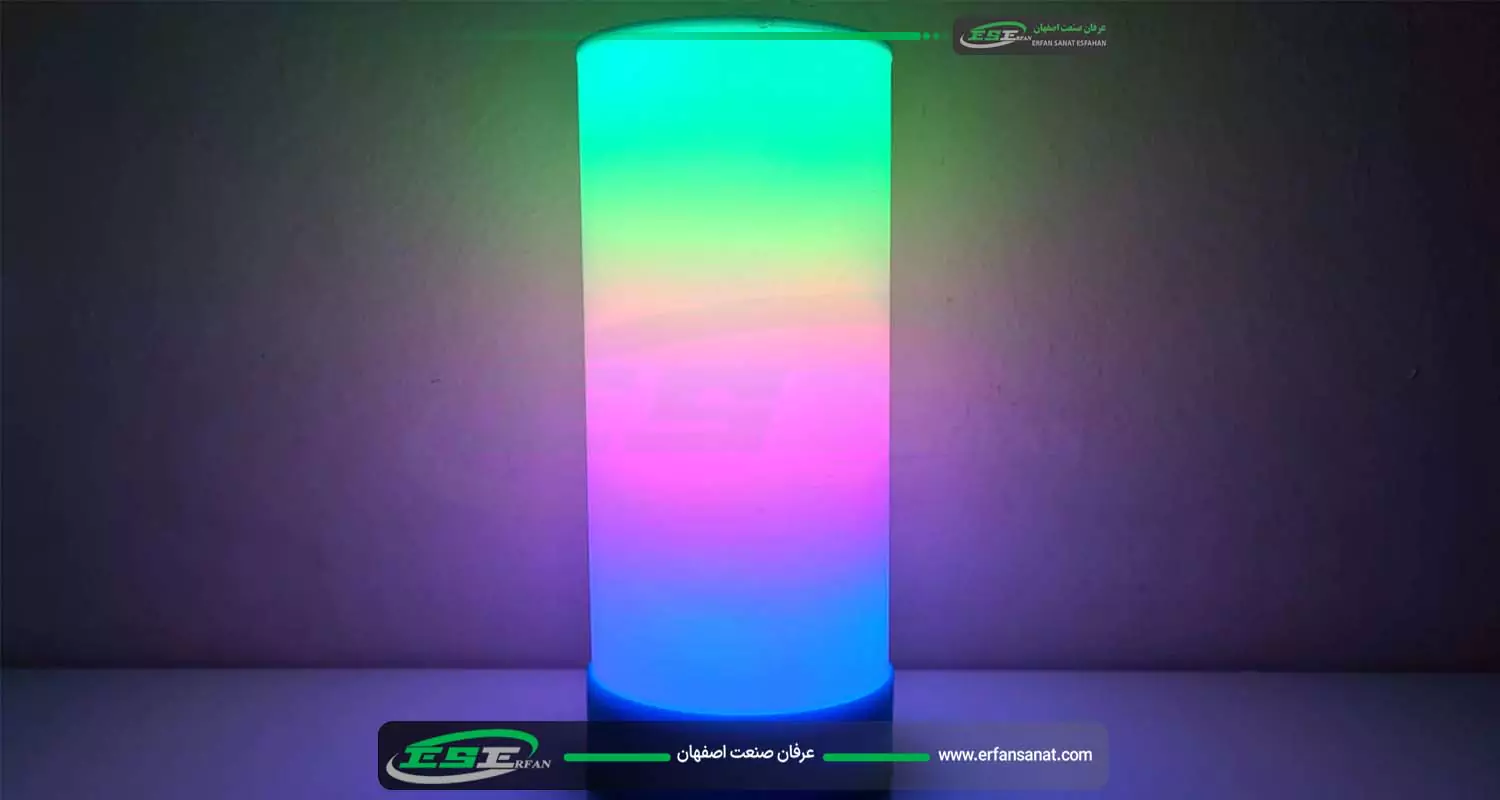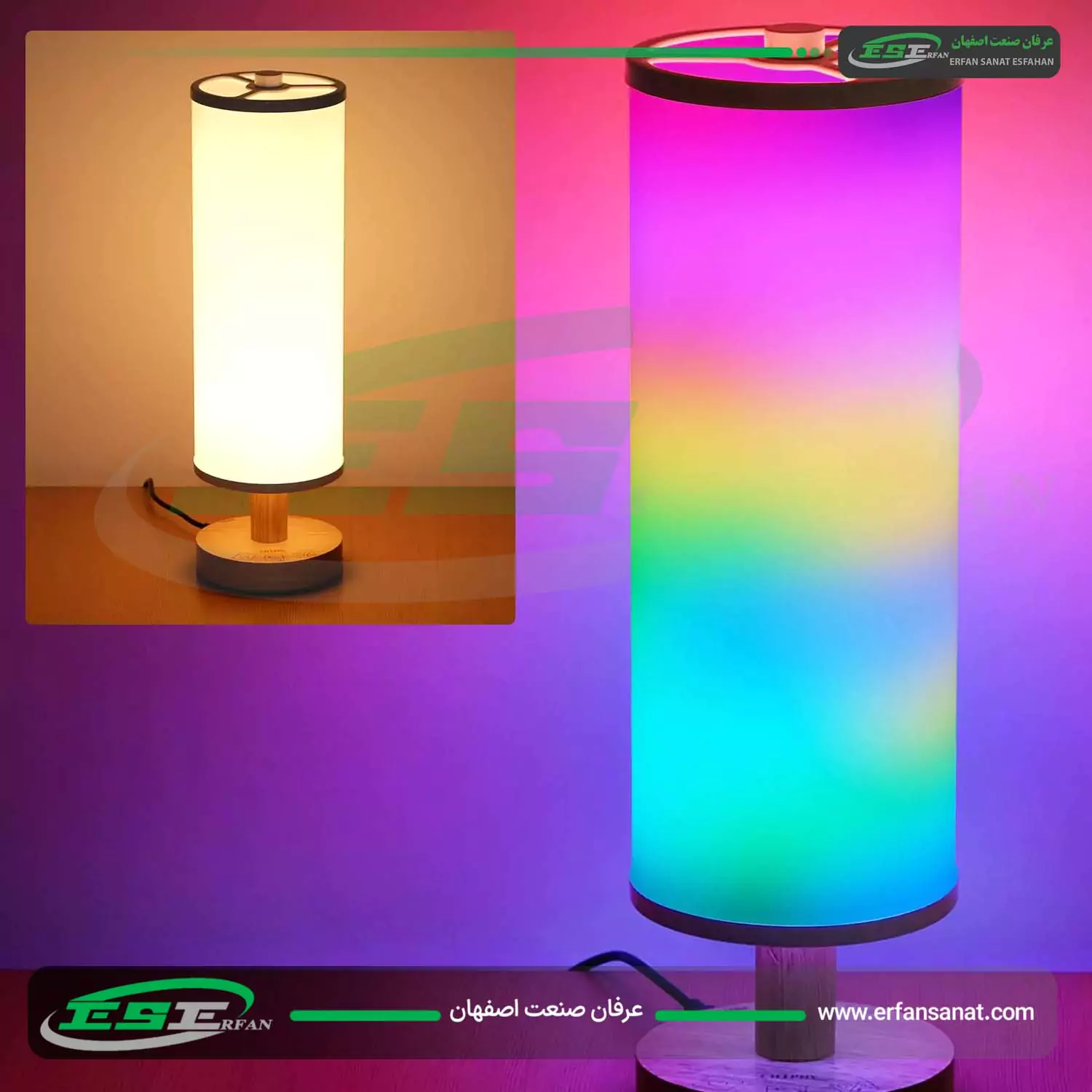Introduction to RGB Lamps
Since the invention of the lightbulb by Edison, a revolutionary moment in human history, this simple yet groundbreaking device has undergone significant changes in both its design and application. To better understand the advancements of RGB lamps, it’s worth revisiting the origins of this invention.
Early pioneers like Edison, Alessandro Volta, Humphry Davy, and Joseph Swan discovered that by heating a wire with electrical energy, it could reach extreme temperatures, causing it to glow. This principle laid the foundation for modern lighting systems, including the RGB lamps we use today.

RGB Lamps
One major limitation of the early filament-based lighting methods was that much of the electrical energy was converted into heat rather than light. To address this issue, inventors turned to higher voltages and incorporated materials like phosphor, mercury, and fluorescent compounds. This innovation led to the development of what we know as fluorescent lamps. These lamps were produced in various shapes and even enabled the creation of different colored lights by combining phosphor with various materials.

The main advantages of fluorescent lamps were their lighter weight, higher light output, and greater efficiency compared to earlier technologies. However, they required additional equipment, such as transformers and, later, ballasts to operate effectively.
The next generation of these lamps, marketed under the name “FPL” (Energy-Saving Fluorescent Lamps), quickly gained popularity. At the same time, scientists discovered that the electrical breakdown effect in diodes could be used to produce visible light. Researchers in various countries began working on this concept, and eventually, Nichia developed the first blue LED lamp, which became a key component for creating white light LEDs. Later, Fairchild Semiconductors commercialized the technology, reducing the production cost of each unit to approximately 0.5 cents.
With the successful production of colored LED chips, companies began to combine the three primary color chips into their products, leading to a revolution in lighting technology(a,b)






